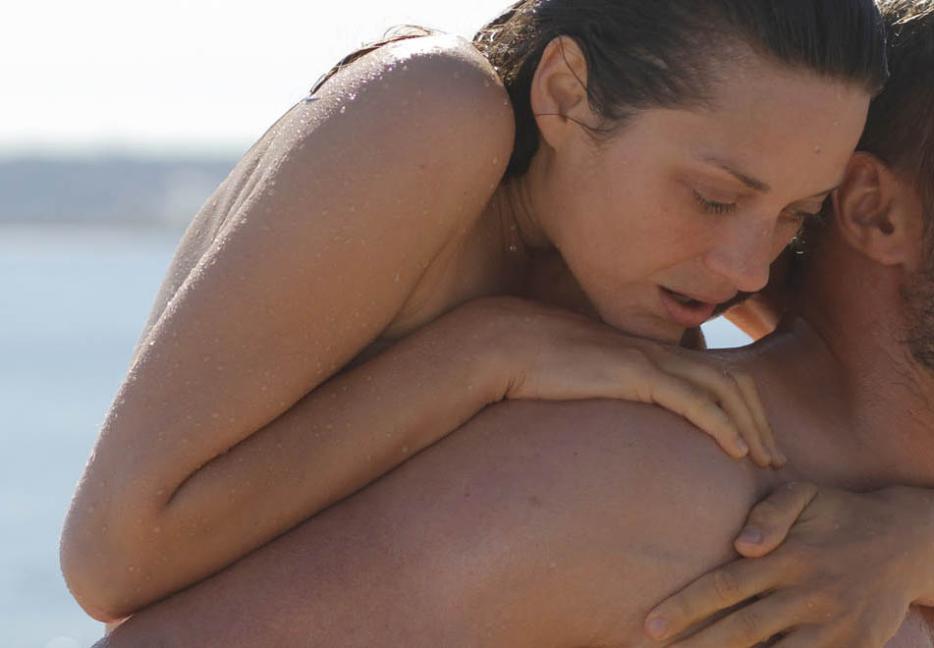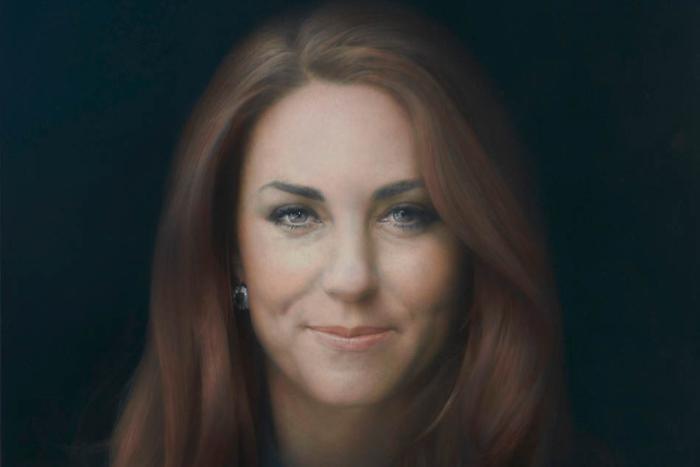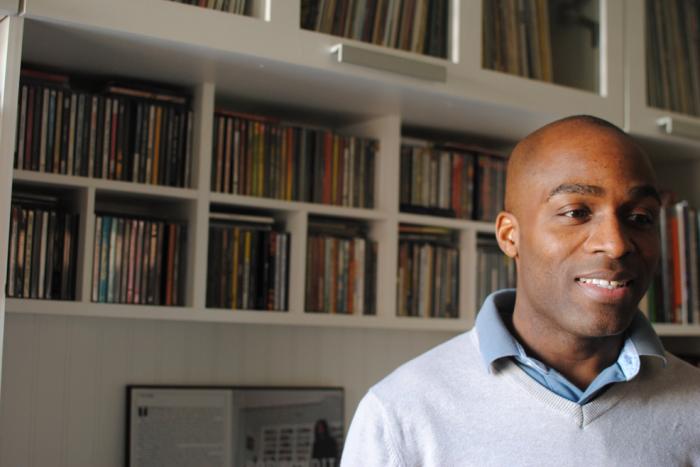Writing about the advent of cinema in 1926, Virginia Woolf took care to balance her eye’s fascination with the form and her better, literary-minded judgment. Of concern to Woolf were not Theda Bara’s twenty-foot breasts but cinema’s parasitic relationship to literature. If this new art form boasted “such obvious sources of interest as the passage of time and the suggestiveness of reality,” and a rapt audience “peering over the edge of a cauldron in which fragments of all shapes and savors seem to simmer,” she wondered, why should it borrow, leach, and steal from the novel?
Laziness is one suggestion. Haplessness another. Rather than pursuing a shape all its own, Woolf wrote, cinema turned to literature’s sturdy corpus for help. “All the famous novels of the world, with their well-known characters, and their famous scenes, only asked, it seemed, to be put on the films.” Woolf felt the result did violence to both forms. A novel’s delicate play of imagery and psychology extrude onto film as flattened plot and banal symbolism. “A kiss is love. A broken cup is jealousy. A grin is happiness. Death is a hearse.”
Woolf was writing, in her essay “The Movies and Reality,” about an adaptation of Anna Karenina, her chosen example of a novel too-much abused by countless, clueless directors in search of a respectable author. Though harsh in her criticism of the movie world’s improprieties, Woolf is hardly dismissive. She extends her meditation on “what cinema might do if left to its own devices” to include an example of where it might improve upon Tolstoy’s work. And indeed her breathless astrological charting of the movies’ future has been fulfilled many times over. There developed a unique and finely evolved cinematic language, now understood around the world. And all the while a parade of Becky Sharps, Jane Eyres, and Oliver Twists continued passing by.
What Woolf described, in 1926, as a parasitic relationship now feels more like a vivacious conversation, full of mutual compliments. The mark of an excellent film, for instance, might be its reach for the depth and interiority of a novel; novels might be praised for “cinematic” feats of scope or description. Where back then a masterpiece like Anna Karenina helped legitimate a green new medium, the balance of credibility lent and borrowed became more fluid over time.
Woolf felt that a novel’s delicate play of imagery and psychology extrude onto film as flattened plot and banal symbolism. “A kiss is love. A broken cup is jealousy. A grin is happiness. Death is a hearse.”
Last year’s conversation was particularly chatty. The best-adapted screenplay category of this weekend’s Academy Awards features two films adapted from contemporary novels (Life of Pi and Silver Linings Playbook), one adapted from a Wired magazine story (Argo), one adapted from a nonfiction history (Lincoln), and another from a one-act play (Beasts of the Southern Wild). As is often the case, no classics were nominated in this category, despite a number of daringly re-imagined contenders, including Andrea Arnold’s roughshod Wuthering Heights, Michael Winterbottom’s Trishna, which sets Tess of the D’Urbervilles in contemporary India, and of course, this time courtesy of Joe Wright, the exceedingly stylized return of Anna Karenina.
Rather than “her charm, her passion, her despair,” Woolf complained of Anna Karenina: The Movie, cinema places all of its emphasis “upon her teeth, her pearls, and her velvet.” What does it mean, after all of this time, that Wright’s lavish adaptation, which stars Keira Knightley as Anna, Jude Law as Karenin and Aaron Johnson as Vronsky, received Oscar nominations not for writing, directing, or acting but cinematography and production and costume design?
Perhaps just that the canon resists full translation, despite, as in this case, the best and most inventive intentions. The great social realist novels in particular seem to suffer on screen, caught between the material’s bounty of timeless human detail and the trappings of the costume drama, those dispatches from a showier, more dressed up past. The best ones still offer ritual pleasures, which when they are not a source of comfort and delight leave us feeling dull and worked over. And so directors seek to reinvent, swapping out context, swapping in meta-textual tricks, or delivering one character, as Andrea Arnold does with Heathcliff in her Wuthering Heights, into greater psychological relief.
Of the well-known contemporary novels made into movies last year, Cloud Atlas and Life of Pi belong most obviously to the aughts, when magic realism peaked on a fluffy white tiger bed in the sky. Its six storylines set in six different eras made Cloud Atlas, David Mitchell’s 2004 novel, a job for three directors—Lana and Andy Wachowski and Tom Tykwer. The novel’s rolling structure—in which characters are connected across time by letters, literature, and other means—is a screen adaptor’s nightmare. It is also, naturally, a great part of the book’s success. The filmmakers had Mitchell’s sympathies, as well as the author’s blessing in turning his interlocking puzzle of a novel into what he calls “a pointillist mosaic.”
Despite what is easily recognizable as an exhausting effort, Cloud Atlas didn’t quite translate to the screen. Not this time, anyway, and I doubt we’ll see another attempt any time soon. In their excitement to flesh out Mitchell’s imagined worlds with effects technology and lash them together digitally, the directors of Cloud Atlas let the fragile heart of the novel slip out the editing bay doors.
Faced with a different version of a similar problem in adapting The Hobbit: An Unexpected Journey, Peter Jackson swore complete fidelity to Tolkien’s novel. At almost three hours long, this Hobbit is only the first of three installments. Jackson also chose to shoot at 48 frames per second (24 is standard), and the brutally clear result, much described by critics, makes a jillion-dollar fantasy film look a cable theatre production. Where, in all this showing off, are the murky shadows in which Woolf saw film’s potential to convey thought “by shape more effectively than by words”?
You’ll find a few in Cosmopolis, David Cronenberg’s recent adaptation of Don DeLillo’s slender 2003 book. Working on a shoestring budget, Cronenberg transplanted nearly all of DeLillo’s dialogue to the screen without so much as a scratch. And yet the film, which follows Robert Pattinson’s Wall Street prince on a limo ride across Manhattan, his NASDAQ kingdom crumbling all the way, develops its own energy. And in doing so becomes the book, by a process that feels more like osmosis than adaptation. Or maybe “adoption,” the word Raúl Ruiz used to describe his just-released last film, Night Across the Street, which heloosely adapted from the stories of Hernán del Solar and Jean Giono.
Equally radical an adoption is last year’s Rust and Bone, which director Jacques Audiard patched together from Canadian writer Craig Davidson’s 2005 short story collection. Audiard took two characters (played in the film by Matthias Schoenaerts and Marion Cotillard) from two different Davidson stories and made them fall in love. Authorship doesn’t get more layered, and those layers are probably one key to a successful literary adaptation. A director has to internalize the material in order to forge it into something new and yet satisfyingly familiar.
Director David O. Russell has openly discussed the fact that his relationship with his own bi-polar son drew him to Matthew Quick’s Silver Linings Playbook, which Russell himself adapted for the screen. Before the film’s release Quick’s novel, published in 2008, was already out of print. Now a best-seller, it might have safely be called little known, which also tends to bode well for adaptation. It leaves more space in the director’s mind and our imaginations, perhaps, to get there. It feels telling that Russell, who usually writes original scripts, needed a novel to help him access a story he knew so personally.
Some similar voodoo, I’m sure, underlies the proven fact that bad books often make for the best adaptations. The Godfather, which was based on Mario Puzo’s pulpy mob tale, is the classic example. Francis Ford Coppola won the Academy Award for his adapted screenplay (and much else) in 1972, when The Godfather was up against my favorite adaptation, Bob Fosse’s Cabaret, based on a 1966 stage musical which was based on a 1951 play which was itself based on a 1939 Christopher Isherwood story. Layers, I tell you.
Coppola adapted a much better book, The Great Gatsby, two years later, with a rumoured assist on the script from Nabokov. Even so, the Academy preferred the film’s costumes and politely ignored the rest. (Don’t feel bad for Coppola, he had another Godfather screenplay Oscar to collect that year.) The first Gatsby adaptation premiered way back in 1926, while Ms. Woolf was writing her essay, before the book grew larger than the screens that might try and tame it.
Baz Luhmann’s version, initially slated for last year, now arriving this May, shimmers like a mad, art deco caravan on the horizon. Leonardo DiCaprio has slicked down and suited up, and Carey Mulligan has been spit-curled to perfection. The movie, my friends, is in 3D. And so I wonder: Is it true that every generation gets the Gatsby it deserves? I guess we shall see.





